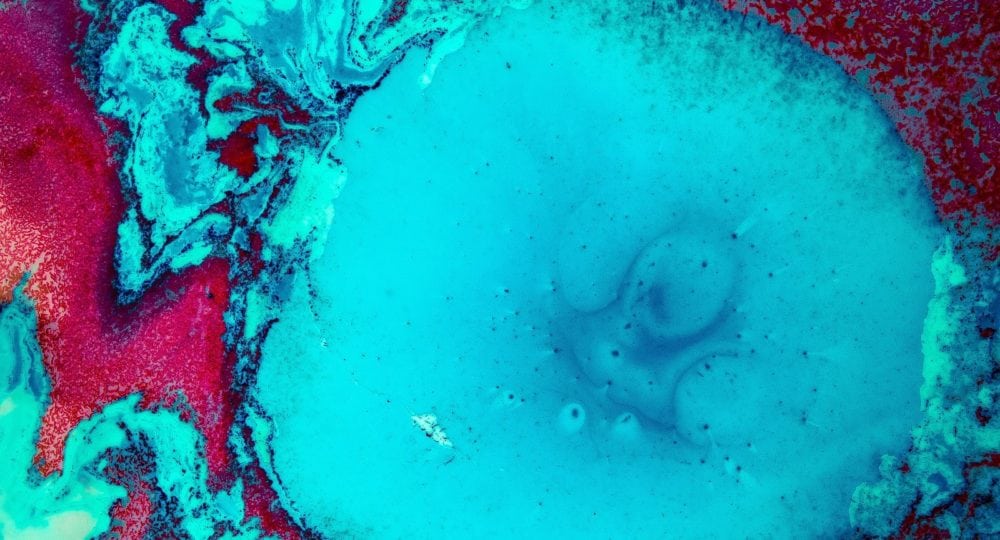ABC News recently published an article written by Marilynn Marchione, AP Chief Medical Writer titled “How to find hidden cancers? Doctors try glowing dyes”.
Surgeons rely heavily on imaging studies to help identify the size and location of a patient’s tumor and surgery is performed based on details from the available imaging. However this article explained that there is no way for a surgeon to really know if cancer cells are being left behind because good and bad tissue can often look the same.
According to Ms. Marchione’s article, Dr. Sunil Singhal, from the University of Pennsylvania, was inspired about ten years ago when he had the idea of making tumor cells light up after lying next to his baby, staring at fluorescent star decals that were glowing on his child’s ceiling.
Dr. Singhal wanted to find a way to get cancer cells to glow. According to the article, he found that when large doses of a dye called ICG were injected via IV the day before a patient’s surgery, cancer cells absorbed the dye and glowed when exposed to near infrared light. Dr. Singhal called this process “TumorGlow”.
The article provided an example of how “TumorGlow” was used on a 45 year old patient who had a baseball sized mass visible on CT scans. The “TumorGlow” helped identify hidden cancer near the patient’s heart and lung that would have been missed if the surgeon would have used the CT scan results only. The article also reported the results of one study where dye highlighted 56 of 59 lung cancers that were seen on scans before surgery but also identified nine additional cancers that were not identified on scans ahead of time.
As you read the article you can’t help but think about all of the benefits this type of dye could provide. It would not only improve the surgeon’s accuracy, but the article pointed out it may also require less tissue to be removed in some cases. Most importantly, if FDA approved, it may give us something positive to focus on as it relates to saving cancer patients lives or at least having a great impact on their overall survival.
Reading this article reminded me of a presentation I heard back in 2016 while attending the Nevada Cancer Control Summit Conference where Dr. Collin Correnti, Scientist, from Fred Hutchinson Cancer Research Center in Seattle, Washington who presented a promising scientific breakthrough called “Tumor Paint” which similarly “lit up” cancer cells in the body. To illustrate how Tumor Paint worked, Dr. Correnti shared preoperative MRI images of a brain tumor and what the same image looked like “after” Tumor Paint was injected. It was amazing to see how well the Tumor Paint lit up the tumor cells but more importantly how much of the tumor would have been left behind (that appeared to be normal tissue on imaging) if Tumor Paint had not been used.
Both this article written by Ms. Marchione and the presentation I heard in 2016 provide much hope surrounding the future of cancer diagnosis and treatment and the improved accuracy surgeons could gain from this technology; not to mention how this could impact patient outcomes.
How miraculous would it be if this technology could finally cure cancer for several if not many different cancer sites? This is a very exciting cancer breakthrough that provides much optimism for the future of cancer care. Hopefully it will only be a fraction of time before it is approved by the FDA for widespread use.





